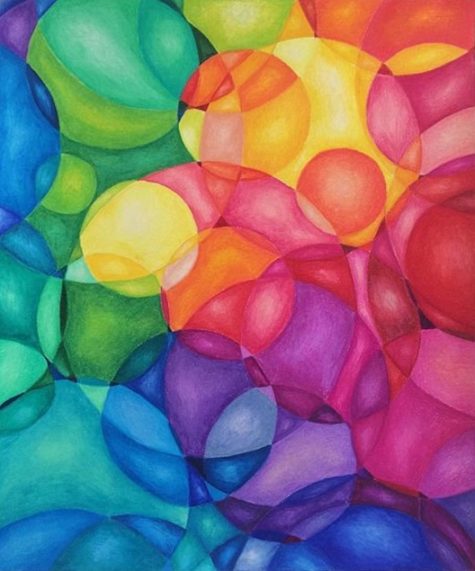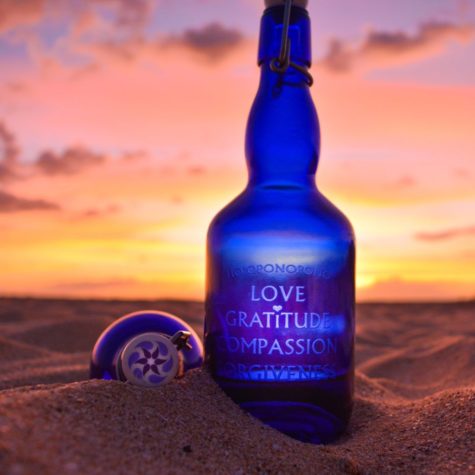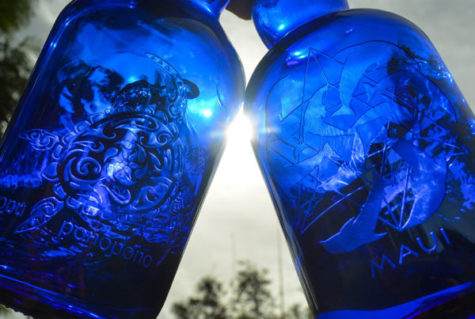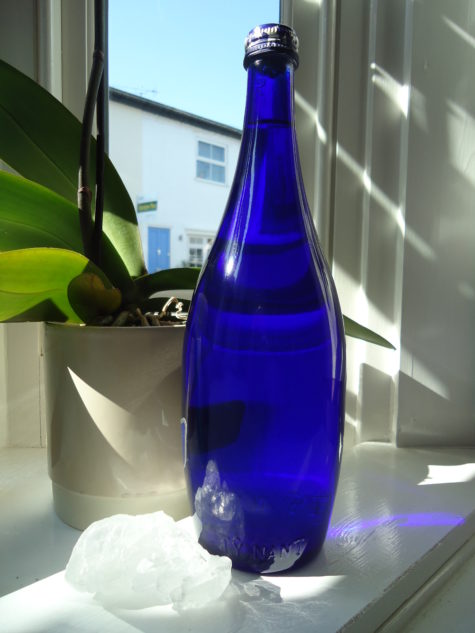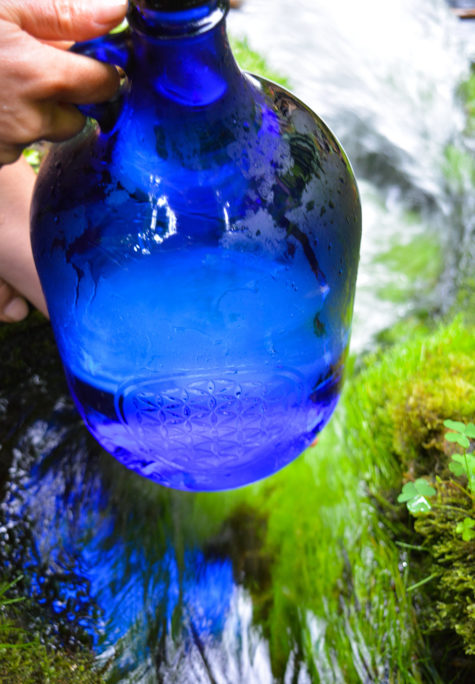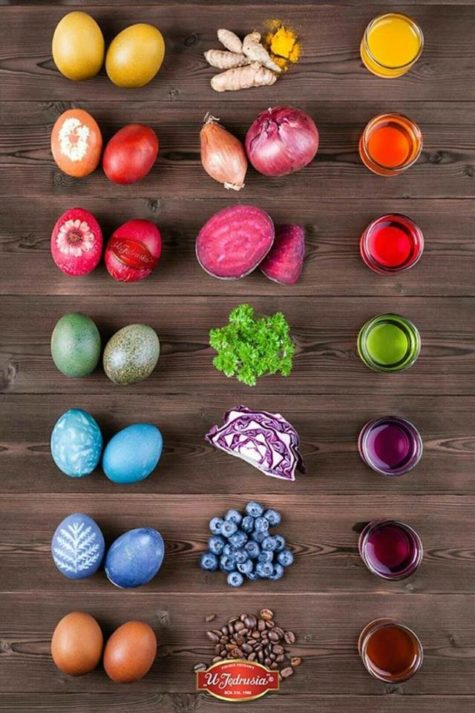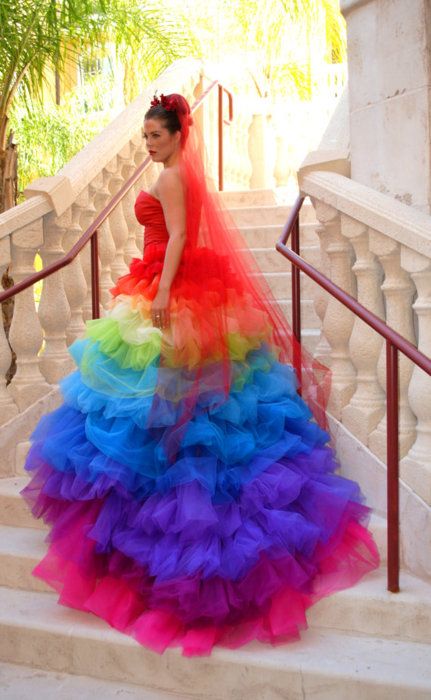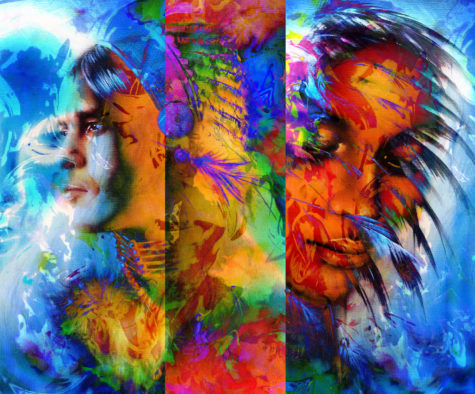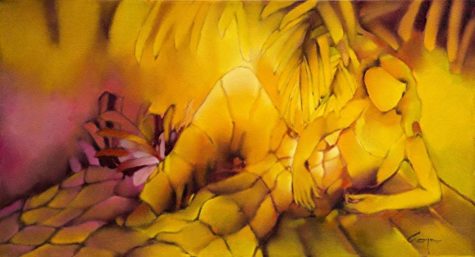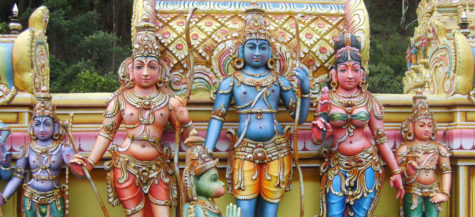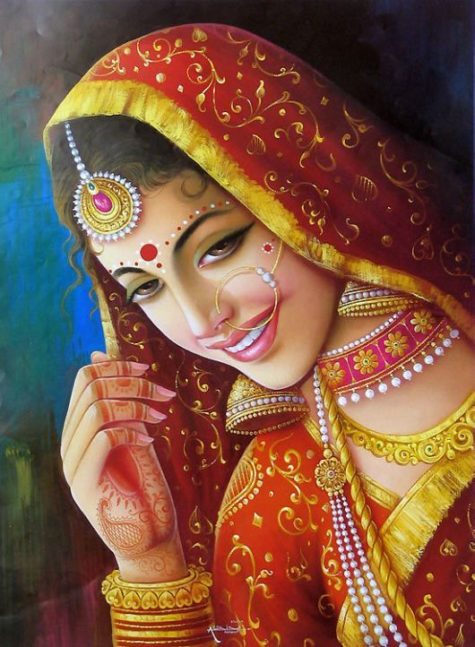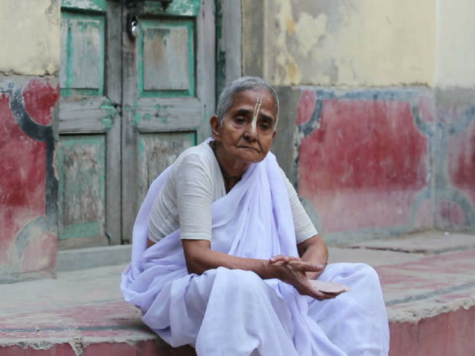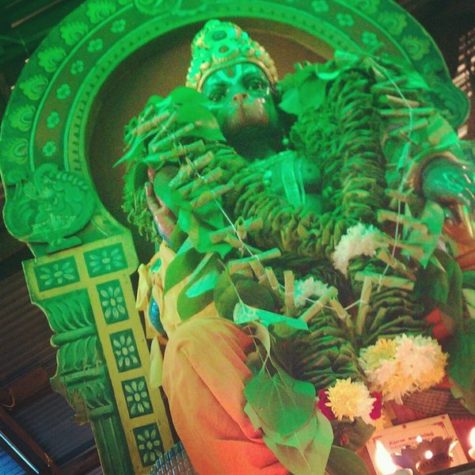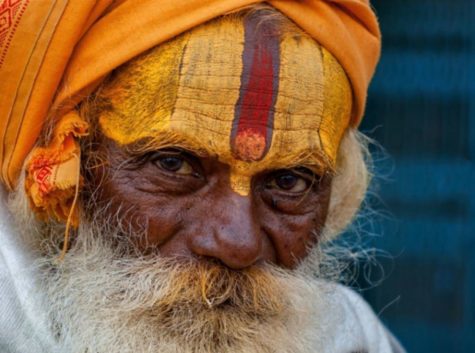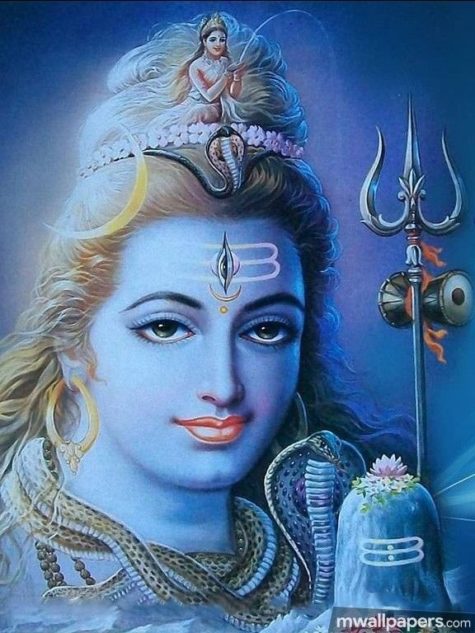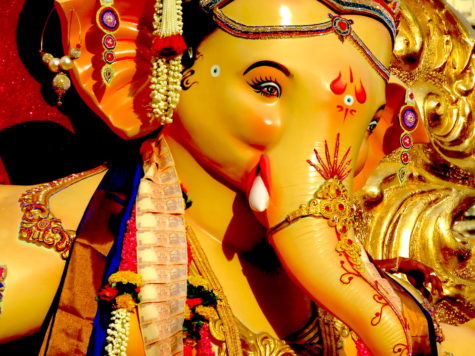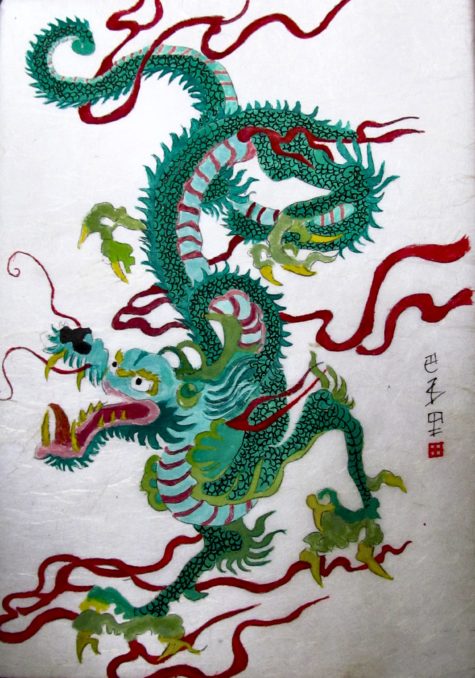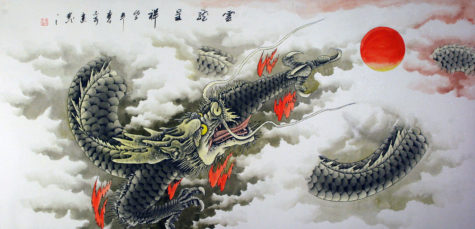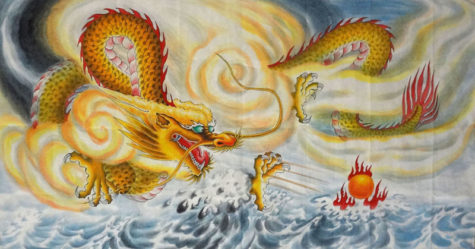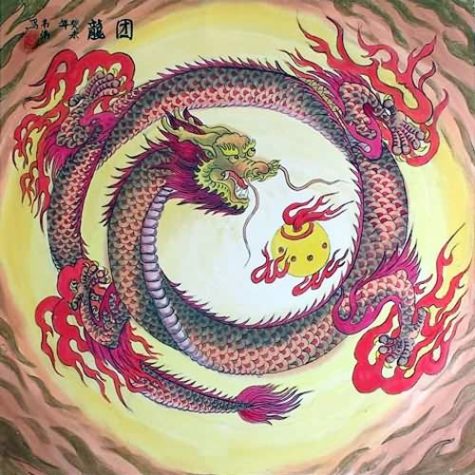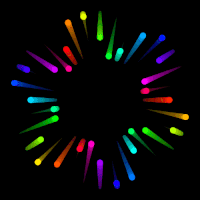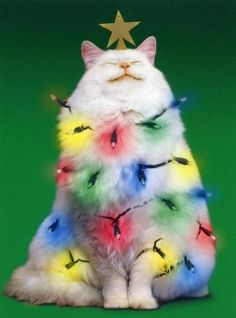Yearly Archives: 2019
The Meaning of Colors
Here is a quick overview of the various colors and their meanings:
Red
Red is the color of fire and blood, so it is associated with energy, war, danger, strength, power, determination as well as passion, desire, and love. Red is a very emotionally intense color. It enhances human metabolism, increases respiration rate, and raises blood pressure.
- It has very high visibility that’s why stop signs, stoplights, and fire equipment are usually painted red.
- In heraldry, red is used to indicate courage. It is the color found in many national flags.
Orange
Orange combines the energy of red and the happiness of yellow. It is associated with joy, sunshine, and tropics. Orange represents enthusiasm, fascination, happiness, creativity, determination, attraction, success, encouragement, and stimulation.
- To the human eyes, orange is seen as a very hot color, so it gives the sensation of heat.
- Orange increases oxygen supply to the brain, produces an invigorating effect, and stimulates mental activity. It is highly accepted among young people.
- As a citrus color, orange is associated with healthy food and stimulates appetite.
- Orange is the color of fall and harvest.
- In heraldry, orange is symbolic of strength and endurance.
- Orange has very high visibility, so you can use it to catch attention and highlight the most important elements of your design.
- Orange is very effective for promoting food products and toys.
- Dark orange can mean deceit and distrust.
- Red-orange corresponds to desire, passion, pleasure, domination, aggression, and thirst for action.
Yellow
Yellow is the color of sunshine. It’s associated with joy, happiness, intellect, and energy. Yellow produces a warming effect, arouses cheerfulness, stimulates mental activity, and generates muscle energy.
- When overused, yellow may have a disturbing influence; it is known that babies cry more in yellow rooms.
- In heraldry, yellow indicates honor and loyalty. Later the meaning of yellow was connected with cowardice.
- Dull (dingy) yellow represents caution, decay, sickness, and jealousy.
- Light yellow is associated with intellect, freshness, and joy.
Green
Green is the color of nature. It symbolizes growth, harmony, freshness, and fertility.
- Sometimes green denotes lack of experience; for example, a ‘greenhorn’ is a novice.
- In heraldry, green indicates growth and hope.
- Dark green is associated with ambition, greed, and jealousy.
- Yellow-green can indicate sickness, cowardice, discord, and jealousy.
- Olive green is the traditional color of peace.
Blue
Blue is the color of the sky and sea. It is often associated with depth and stability. It symbolizes trust, loyalty, wisdom, confidence, intelligence, faith, truth, and heaven. Blue is considered beneficial to the mind and body. It slows human metabolism and produces a calming effect.
- Blue is strongly associated with tranquility and calmness.
- In heraldry, blue is used to symbolize piety and sincerity.
- You can use blue to promote products and services related to cleanliness (water purification filters, cleaning liquids), air and sky (airlines, airports, air conditioners), water and sea (sea voyages, mineral water).
- Blue is linked to consciousness and intellect.
- Blue is a masculine color; according to studies, it is highly accepted among males.
- Dark blue is associated with depth, expertise, and stability; it is a preferred color for corporate America.
- Avoid using blue when promoting food and cooking, because blue suppresses appetite.
- When used together with warm colors like yellow or red, blue can create high-impact, vibrant designs; for example, blue-yellow-red is a perfect color scheme for a superhero.
- Light blue is associated with health, healing, tranquility, understanding, and softness.
- Dark blue represents knowledge, power, integrity, and seriousness.
Purple
Purple combines the stability of blue and the energy of red. Purple is associated with royalty. It symbolizes power, nobility, luxury, and ambition.
- It conveys wealth and extravagance.
- Purple is associated with wisdom, dignity, independence, creativity, mystery, and magic.
- Almost 75 percent children prefer purple to all the other colors.
- Purple is a very rare color in nature; some people consider it to be artificial.
- Light purple evokes romantic and nostalgic feelings.
- Dark purple evokes gloom and sad feelings. It can cause frustration.
White
White is associated with light, goodness, innocence, and purity. It is considered to be the color of perfection. White means safety, purity, and cleanliness. As opposed to black, white usually has a positive connotation.
- White can represent a successful beginning.
- In heraldry, white depicts faith and purity.
- In advertising, white is associated with coolness and cleanliness because it’s the color of snow.
- You can use white to suggest simplicity in high-tech products.
- White is an appropriate color for charitable organizations
- Angels are usually imagined wearing white clothes.
- White is associated with hospitals, doctors, and sterility, so you can use white to suggest safety when promoting medical products.
- White is often associated with low weight, low-fat food, and dairy products.
Black
Black is associated with power, elegance, formality, death, evil, and mystery. Black is a mysterious color associated with fear and the unknown (black holes).
- It usually has a negative connotation (blacklist, black humor, ‘black death’).
- Black denotes strength and authority; it is considered to be a very formal, elegant, and prestigious color (black tie, black Mercedes).
- In heraldry, black is the symbol of grief.
- Black gives the feeling of perspective and depth, but the black background diminishes readability.
- A black suit or dress can make you look thinner.
- When designing for a gallery of painting or photography, you can use a black or gray background to make other colors stand out.
- Black contrasts well with bright colors. Combined with red or orange – other very powerful colors – black gives a very aggressive color scheme.
Other Colors:
- Pink signifies romance, love, and friendship. It denotes feminine qualities and passiveness.
- Brown suggests stability and denotes masculine qualities.
- Gold evokes the feeling of prestige. The meaning of gold is illumination, wisdom, and wealth. Gold often symbolizes high quality.
- Aqua is associated with emotional healing and protection.
Submitted by Raetta Parker
Blue Solar Water
Blue Solar Water is easy to make, delicious to drink and is very a powerful tool for healing the body and spirit.
As we know, water carries vibrations, energy frequency, crystals, colors… Blue solar water provides the best: the powerful energy of the sun, the source of all life, and the fascinating properties of the healing and calming blue color. This water has become a favorite and popular after the book Zero Limits by Dr. Hew Len and above all through Ho’oponopono, an ancient Hawaiian healing technique.
In addition to being extremely healthy, this water helps cleanse the deep negative subconscious programs that we automatically repeat over and over again. Blue solar water heals emotional wounds and blockages, takes them to the surface and relieves us from them so that we get reset back to zero, in a pure state, to a clean start, without the background noise of negative thoughts. This water meets positivity, peace and love. And everyone can drink it, children, sick with cancer, especially those on chemotherapy. It is even tastier than plain water. And it is very easy to make.
Why blue?
Blue is the color of the fifth chakra, the so-called power center or the throat chakra (Vishuddha). The throat chakra is extremely important because it is the way through which energy from the higher energy centers can move to the lower ones and vice versa. It is the first center of higher frequencies and only when it is completely clean and open, we can reach higher states of consciousness. It is a bridge between the physical and the spiritual world, between the heart and the mind. It separates the secular from the sacred and transmitters the intention of the soul.
And it has been scientifically proven that the color blue has a tremendously powerful impact on our brains, decision-making and behavior.
Blue sky means a nice, relaxing day. Clean calm blue sea means calmness and serenity. In fact, everything blue symbolizes trust, loyalty, wisdom, confidence, intelligence, faith, truth, and heaven. Krishna is blue.
Science says it’s no coincidence these blue things make all of us us feel so good. After all, blue is the only color spectrum that can effectively prevent people from committing suicide.
It is proven that the color blue has a calming effect on people, and that is why it is used in different ways. In 2000, police in Glasgow, Scotland, installed blue lights in areas with a high crime rate. Since then, crime in those infamous neighborhoods decreased by 9%.
In Japan, several major railway companies switched to only blue lights at all railway crossings. To date they have a stunning success: In 2007, a year before the blue lights were installed, they had 640 suicides. In 2008, after the lights were installed, there were zero suicides!
If this is all strange and you do not believe in the incredible efficiency of blue, read on.
One theory says that the color itself has a tangible, biological effect on our brain chemistry. Harold Wohlfarth, president of the German Academy of Color Science, conducted a study in which he found that blue color lighting actually had a psychological impact on children and adults, and what is particularly bizarre in all things is the fact that it had the same effect even on blind people.
Wohlfarth believes that traces of electromagnetic energy from the blue light affects certain neurotransmitters in the brain. When light of a certain color falls on the eye, even if the eye is blind, it affects the gland that produces melatonin, which creates a chain reaction that elevates mood and calms emotions.
How to make Blue solar water?
All you need is a blue glass bottle (the shade of blue is not important) and fill it up with filtered, spring or plain tap water. You also need to make sure that the cap you seal the bottle with is not made of metal. It can be glass or plastic, but never use metal. The cap only serves as a protection against dust or insects that are very fond of this water.
This water bottle should be then kept on the sun for 1-12 hours. The longer you keep it on the sun, the sweeter its taste will get. But remember not to keep it longer than 12 hours.
How to drink it?
Drink this water as much as possible, it is very tasty and drinkable. Somehow, our body recognizes it, so even those who don’t drink so much water will have no problem drinking a few liters.
In addition to drinking it, you can use this water for cooking, watering flowers, for your animals, add it in the washing machine, dishwasher, put in a sprayer and refresh the rooms, add it to your bath…
Once you have made your Blue Solar Water you can transfer it into another container, plastic or glass, doesn’t matter. It can be kept in the refrigerator or at room temperature.
If you get really excited about the solar water, here are some other uses:
- Add some to your coffee, tea, cocoa, juice, etc
- Add Blue Solar Water to everything you cook, pasta, soup, oatmeal, scrambled eggs, etc.
- Add some Blue Solar Water to your washing machine when washing clothes
- Spray some in your dryer
- Add it to your radiator to make your car hummmm
- Add it to your bath water
- Spray yourself with Blue Solar water after showering
- Spray rooms with Blue Solar Water
- Gargle with it.
- Wash floors with it
- Wash your car with Blue Solar Water
From: Shift Frequency
Natural Easter Egg Dyes
Old Wedding Color Lore
Married in white,
You have chosen a right.
Married in blue,
Your lover is true.
Married in pink,
Your fortunes will sink.
Married in green,
You will not long be seen.
Married in yellow,
Ashamed of the fellow.
Married in brown,
You’ll live out of town.
Married in grey,
You’ll live far away.
Married in black,
You’ll wish you were back.
~Anon
The Healing Power of Color
How does using color in meditations increase and accelerate your ability to heal and transform energy? Renowned energy healer Aleta St. James explains this Life Shift technique…
Easy Ways To Use Color For Healing
Fill a ruby red colored glass with water and set it outside beneath the morning sun for two hours. Bring it inside and let it warm to room temperature and then slowly sip it. Visualize the water turning red as it flows down your throat and into your stomach. Since red rules energy, this is a terrific color cure for depression. It will also help shrink cancerous tumors.
Sit outside, slightly shaded from the sun, and visualize the sun’s rays pouring the color orange into your body. Imagine it seeping into your pores and soaking into your internal organs. Like red, orange rules energy, and this is an excellent treatment for sexual impotency and digestive ailments.
Sit outside, slightly shaded from the sun, and visualize yellow sunlight streaming into your head and brain. Yellow rules the mind, so if you need to prepare for an upcoming exam, this is an excellent intellectual stimulator.
Fill a green glass with water and set it outside in the morning sun. Let the sun’s rays heat the water for two hours. Bring it inside and let it warm to room temperature. Slowly sip the water. Green calms the nerves. If you have an important speech to give or an important project at work to complete, this is an excellent tranquilizer.
At sunrise, sit in a comfortable chair. Straighten your spine and close your eyes. Visualize a blue ray coming down from the ceiling and into your head. Imagine it traveling down your neck, through your arms, down your stomach and into your legs. Like green, blue calms your emotions, but it also soothes a romantic heartbreak or the grief of losing a loved one.
Use the color purple to heal wounds. If you have a wound, broken bones or pain, imagine the color purple seeping down into those areas. Feel its warming power. Purple also connects you with your spiritual center, so if you feel disconnected from your spirit, imagine breathing in a purple cloud, and imagine it totally filling your body.
Marketing and Color
The Psychology of Yellow
Some of the key characteristics that are often associated with the color yellow include:
- Warmth:
Yellow is a bright color that is often described as warm.
- Difficult to read:
Yellow is also the most fatiguing to the eye due to the high amount of light that is reflected. Using yellow as a background on paper or computer monitors can lead to eyestrain or vision loss in extreme cases.
- Frustration:
Yellow can also create feelings of frustration and anger. While it is considered a cheerful color, people are more likely to lose their tempers in yellow rooms and babies tend to cry more in yellow rooms.
- Energetic:
As seen in the following quote, yellow is often perceived as being a high-energy color. It is often used in situations and products intended to create a sense of excitement or energy. It is bright and immediately grabs the eye. It can seem fresh, intense, overwhelming, or even brash and forceful in its energy. Yellow can also increase metabolism.
“Fully saturated yellow is only good for brief exposure, because its stimulating effect is so powerful that it can build up emotional energy quite quickly. I know that I would probably go nuts in a house with LEGO yellow walls. Though it should be noted that a less saturated yellow, such as that found in whipped vegetable spread (faux butter) is mildly pleasing and cheery.”
“Yellow makes me feel cheerful and energized. I love the bright sunny color and the way it makes me feel. I feel warm like summer. Perhaps sometimes startling, but then that is what energizes me.”
- Yellow Can Be Aggressive
While it can be an energetic color, this intensity can also have a downside. Sometimes yellow can come off as very aggressive and even confrontational. In great quantities, people may be left feeling irritated or even angry when surrounded by yellow.
“I agree that there is a level of aggression and frustration associated with yellow. The walls of my school are all yellow and since the new building opened, more fights have occurred in the hallways where there is the most amount of yellow. Also, some of the classrooms that have yellow in them seen to be associated with more frustrated students.”
“I find yellow to be a highly irritating color. When I’m in a yellow room, my agitation level increases whether I was in a good mood before I walked in it or not. One reason I believe I find it so annoying is that I’m an introvert and yellow is a very exposing and in your face type of color which are traits most introverts would naturally have an aversion to. Yellow is definitely an extrovert’s color.”
- Attention-grabbing:
Since yellow is the most visible color, it is also the most attention-getting color. Yellow can be used in small amount to draw notice, such as on traffic sign or advertisements.
- Yellow Is Cheerful
For many people, yellow is seen as a bright and cheerful color. Advertisers may use it to not only draw attention, but also to evoke a sense of happiness.
“I had a math class room that was painted bright yellow half way through the year. It completely changed the atmosphere and everyone’s grades seemed to go up. Our math teacher joked it must be the new paint job, but I entirely believed it was. It gave a cheery atmosphere and the lessons were far more light and enjoyable!”
“The color yellow exudes brightness, light, vitality, energy, optimism, willingness to grow and outshine. Sun stars sunflower are the objects that mostly are associated with the color yellow.”
- Yellow Is Complex
Of course, the effects of yellow can be highly varied and complex. Not everyone responds to this color in the same way. While some people might find it bright and cheery, others may find it grating and obnoxious. Some may associate it with a warm summer day, while to others it might be reminiscent of bad memories or associations.
“I like yellow. To me it’s a happy color associated with flowers and sunshine. But our kitchen is painted yellow and I find that my fiance who has a short temper almost always loses it in the kitchen. He also becomes much more impatient and argumentative. I have always suspected that it is the color of the walls. Guests also tend to eat their food faster at the kitchen table than when we entertain in the dining room (white) or outside.”
- How does yellow make you feel?
- Do you associate yellow with certain qualities or situations?
While the color yellow can evoke a lot of different psychological reactions, it is important to remember that these responses are often unique to the individuals. Some responses, such as the tendency to find yellow difficult to read, are more universal. Other associations are often cultural and even specific to each person thanks to differing backgrounds and experiences.
From: Very Well Mind
The Colors of Hinduism
Hindu deities are depicted in colors that symbolize many positive attributes. Reminiscent of such natural elements as the earth, the sky and the sun, many colors have become symbols representative of the functions and characteristics that these elements possess. Therefore, as a religion so in tune with nature, the symbolic meaning of these colors has been adopted and integrated into Hinduism. From the saffron robes of holy men to the blue skin of the deities to the white clothing worn by mourning widows, certain colors are used specifically for their symbolism in Hinduism.
Red
In Hinduism, the color red symbolizes positive concepts. For wedding ceremonies, brides wear red clothing, put red dye in their hair and place a red dot on their foreheads because red represents purity. Since clay earth is red and produces many harvests, the color red is also representative of fertility. As a bold color, red symbolizes bold emotions and characteristics, such as passion, sensuality, power and strength. The deities who wear red, such as the goddess Durga, possess the respectable qualities that the color represents.
White
White, which is composed of many colors, symbolizes a range of notions in the Hindu religion. It is worn by deities who are equated with peacefulness, innocence and purity, such as the goddess Saraswati. The cleanliness of the color white symbolizes new beginnings and rebirth. Alternatively, white is also symbolic of death in Hinduism. Widows wear white while mourning because it is a reflective color that represents their need to reflect back to the world and detach themselves from society while grieving.
Green
Green items, such as leaves, are used in many Hindu prayer rituals because the color is representative of the natural world that the deities created. Since the deities are associated with the color green, it is symbolic of the happiness, peace and harmony that the deities bring to Hindus. Green also represents fertility, life and rebirth that are found in nature. Ultimately, green is considered a color that symbolizes the same tranquility and calmness evident in the deities and the natural world.
Saffron
Reminiscent of the color of fire, saffron is composed of shades of golden-yellow and orange. In addition to being similar to the color of fire, saffron is also symbolic of the cleansing and purity that comes from burning objects. Hindu monks wear saffron-colored robes to represent their mission to cleanse and eliminate impurities and evil from the world. The color saffron is also representative of lightness and wisdom, qualities that the monks possess.
Blue
A number of Hindu gods, such as Vishnu, Krishna and Shiva, are depicted as having blue skin. Therefore, the color blue represents the characteristics that many of the deities possess, such as bravery, goodness, determination and protectiveness. Blue is also a color found in such natural elements as the sky and water which makes it symbolic of the peacefulness of nature. Hindus view dark blue as being representative of calmness and intuition.
Yellow
Yellow is symbolic of learning and knowledge because it is a color often depicted in the clothes of wise Hindu deities, such as Vishnu, Krishna and Ganesha. As the color of the sun, yellow also represents the characteristics of the sun, such as light, warmth and happiness. Furthermore, due to the abundant presence of the sun during spring, yellow symbolizes new beginnings and developments.
Found at: Classroom.com
Chinese Dragons and Color
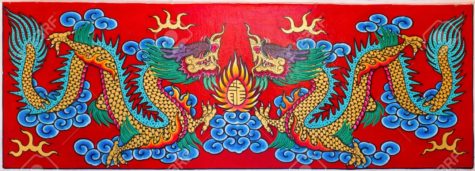
Unlike dragons of Western lore, fearsome symbols of evil and chaos, the Chinese dragon represents nobility, wisdom and prosperity. Eastern dragons are intricately connected to the seasons and the elements and are often associated with one of the four cardinal directions. They also can be categorized by color, as each color bears a symbolic meaning and has associated connotations within Chinese culture.
Blue and Green
In Chinese culture, the colors blue and green are associated with nature, serenity, growth and health. Blue and green dragons symbolize the approaching spring, evoking the clear skies and new plants that the season brings. These colors also are representative of the East and indicate Eastern dragons. Other Chinese associations with blue and green include healing, rest, prosperity and harmony. In Chinese culture, there are four animals that represent the cardinal directions with the Green Dragon represents the power of the East.
Black and White
Black and white are key colors on the Chinese spectrum, representing the balance of the black yin, which is negative, passive and feminine, and the white yang, which is positive, active and masculine. Black dragons are associated with winter and the North, while white dragons represent autumn and the West. In China, the color white is associated with purity as it is in Western cultures, but it also symbolizes mourning and mortality, suggesting that the white dragon functions as an omen of death. The black dragon is known for its power and vengeance and is often connected to storms.
Yellow and Gold
Yellow dragons have been called “superior” and “the most revered of the dragons” because they represent the Emperor and the imperial family. Even in the 21st century, yellow is a color associated with solidity, reliability and warmth, and it is set aside for royalty and those of higher social class. Gold dragons share many of these assets and are recognized as symbols of wealth, wisdom and compassion. During the Chinese New Year holiday, the opening dragon dance begins with the arrival of a regal Golden Dragon held aloft by a group of men.
Red
In China, red is the traditional color of good fortune and happiness, and it is often used in large celebrations, such as weddings. The red dragon is associated with luck, fire, passion and the heart. It is the dragon of summer and the South. Other Chinese associations with the color red include vitality, enthusiasm and creativity. During Chinese holidays like the Chinese New Year, a red dragon can be a focus along with equally lucky red envelopes of money.
Found at: Classroom.com
